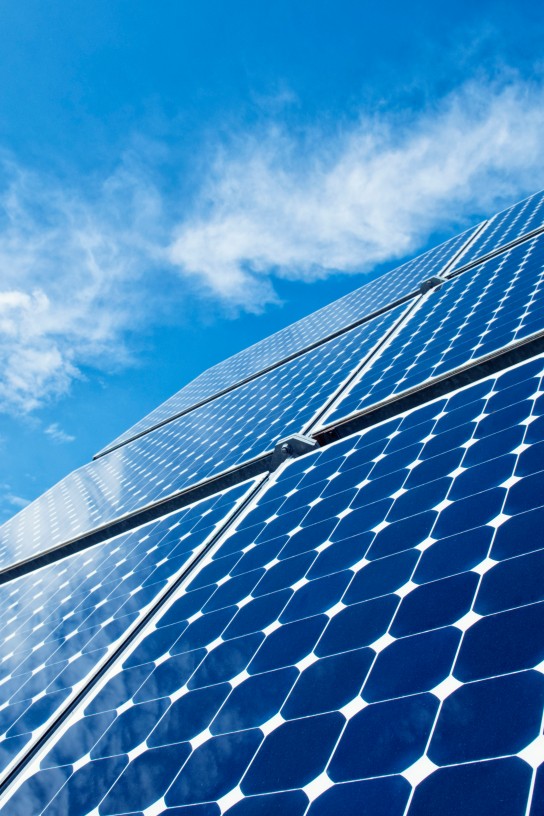The topic of climate protection plays a key role in our new ESG strategy. In terms of greenhouse gas emissions generated by our own activities, we are committed to reaching a net zero target by 2045 in accordance with the Paris Agreement.
A key milestone on our path to achieving this goal is our aim to reduce our Scope 1 and 2 emissions by 40% in absolute terms from 2020 to 2030 (Relative reduction, only including those sites which were already included in the base year 2020. New sites will be tracked separately). Our objective is to be climate neutral by 2025, which entails offsetting the remaining Scope 1 and 2 emissions.
We are currently looking at suitable measures to reduce indirect emissions that arise along our value chain, i.e. Scope 3 emissions. We also want to procure 100% of our electricity from renewable sources by 2025. In summer 2021, we joined the RE100 initiative to underpin our commitment and help raise awareness for this topic within the Brenntag Group. RE100 is a global initiative that brings together businesses aiming to source 100% renewable energy for electricity in the medium term.


